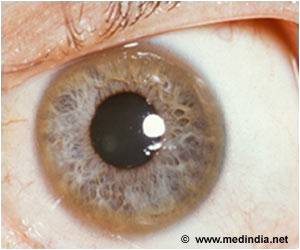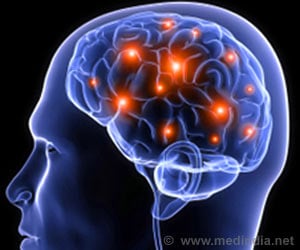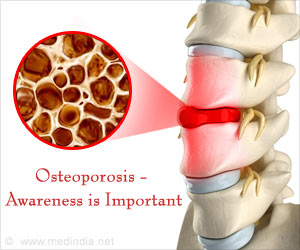Busting the myth that brains of aged people are less flexible, less plastic and learning may therefore become more difficult, a study finds plasticity very well occurred in seniors.

"We think that the degree of plasticity in the cortex gets more and more limited with older people," said Takeo Watanabe, The Fred M. Seed Professor at Brown University and a co-author of the study published in Nature Communications. "However, they keep the ability to learn, visually at least, by changing white matter structure."
The study’s lead authors are Yuko Yotsumoto of the University of Tokyo and Li-Hung Chang of Brown University and National Yang Ming University in Taiwan. The corresponding author is Yuka Sasaki, associate professor (research) of cognitive, linguistic, and psychological sciences at Brown University.
Spotting the Differences
The team’s study enrolled 18 volunteers aged 65 to 80 and 21 volunteers aged 19 to 32 to learn and perform an abstract visual perception task in the lab over the course of about a week. They saw screens showing a background texture of lines oriented in a particular direction. Sometimes a small patch of the screen would quickly show lines pointing in one of two different directions against that background. Subjects simply had to push a button indicating they saw a patch with a particular orientation.
Individuals varied, but older subjects were just as likely on average as younger ones to make substantial progress in discriminating the small patch’s different texture. But the researchers weren’t just interested in whether learning occurred. They also scanned the brains of the volunteers at the beginning and the end of the week using magnetic resonance imaging, which can indicate plasticity in the cortex, and using diffusion tensor imaging, which can indicate changes in white matter.
Advertisement
In analyzing the scan results and the learning performance results together, the researchers found several important associations:
The study produced another curious finding. In looking more deeply at the association between white matter changes and learning performance in the older subjects, the researchers found that they separated into two clearly distinct groups: "good learners" and "poor learners." In the group that learned very well (their accuracy in discriminating the patch increased by more than 20 percent), members showed a positive association between white matter changes and their improved learning. But among the "poor learner" group (which had a less than 20 percent improvement), the trend was that learning improvement decreased with greater white matter change.
The study doesn’t explain what accounted for why older subjects fell into one group or the other.
The results also don’t definitively explain why white matter plasticity would enable good learners to learn well, although improved signal transmission efficiency is one hypothesis.
But for many seniors, it may be encouraging to learn that plasticity doesn’t necessarily decline with age, it may just shift with the whitening of hair to the brain’s white matter.
Source-Eurekalert














